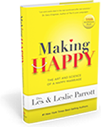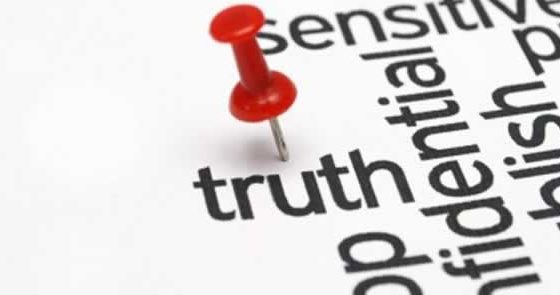A boundary is simply a property line. It clarifies where you end and the other person begins. You form boundaries with your words, with your actions, and sometimes with the help of other people. Boundaries help you to be clear about what you are for and against and what you will and won’t tolerate in your relationships.
Two Kinds of Boundaries
To see how setting limits plays out in relationships, it’s important to understand that there are two types of boundaries—defining boundaries and protective boundaries. Each kind of boundary has a distinct purpose. It’s important that you learn the difference, because defining boundaries should become permanent in your life, while protective boundaries are the ones you can move “beyond.”
Defining boundaries are values that establish who you are and who you are not. They are at the core of your identity and reflect what you believe is important and valuable in life. Here are a few examples:
- I follow God and his ways and will always live my life in him.
- I love my family and friends, and I will treat them with grace and truth.
- I will always be growing and will not get off the path.
- I know my mission and purpose in life, and I will not divert from it.
- I say and receive the truth; I’m neither silent in saying it nor defensive in receiving it.
These defining boundaries help you and others know the real you, the person who has substance and stands for things that matter. They help guide your decisions and directions in life.
Here are some examples of how defining boundaries might be used in your relationships:
- “I’m looking for a position that fits my strategic abilities rather than one that is in operations.
- “We have a rule that all who live in this house go to church.”
- “I want to hear the truth from you about how you think we are doing in our relationship.”
.“I’m a night owl, so let’s not plan something that requires that we get up at, oh, dark thirty.”
This is simply how you tell people who you are and how they tell you who they are. You clarify and define yourselves with these sorts of boundaries.
Protective boundaries are different. They are designed to “guard your heart” (Proverbs 4:23), and your life, from danger or trouble. There are times when you must protect your values, emotions, gifts, time, and energy from -people and situations that may waste or injure them. Protective boundaries have several elements to them. You have to face the reality that talking hasn’t fixed a situation, and you have to set a limit.
A protective boundary might begin with a statement like this: “I want us to work this out, but nothing I’ve said has made any difference, so I’m taking a different route.” This affirms that you value the relationship and that you want the other person to understand that your actions are not punitive but, ultimately, redemptive. You are simply trying to solve a difficulty in the relationship with your protective boundaries. The consequences portion of the boundary then needs to be stated in an “If . . . then . .
- ” form to make sure the other person understands you mean business. For example, consider the following statements:
- “If you continue being thirty minutes late to events, I will take a separate car.”
- ”I need a better work ethic from you in the office, or we’ll have to make some changes.”
- “If you keep spending over our budget, I will cut up the credit cards.”
- “I can’t lend you any more money until I see you making serious efforts to find a job.”
- “I want to bring your grandkids to see you, but if you just surf the Web while we’re there, it’s not worth it to come.”
- “I want to see my grandkids at times when you don’t need a babysitter; otherwise I feel taken advantage of.”
- “If you won’t stop drinking too much or using drugs, I will take the kids and move out.”
Here’s the important distinction between a defining boundary and a protective boundary. A defining boundary is forever and unchangeable, part of what makes you “you”; a protective boundary can change if the other person responds to it in a healthy way. Your defining boundaries mean that, for example, you will always follow God, love people, be committed to personal and spiritual growth, and so forth. These are the core parts of you, and you don’t change them. But you might change a protective boundary if the other person understands what they are doing to you and makes a significant change. Then you might lessen or end the consequence: no separate cars, no making changes, reissue the credit cards, and so forth. When the change happens, you no longer need the protection.
You Have a Choice, and so Does the Other Person
Anyone, at any time, can reject your boundaries. That is the tough reality. The other person always has a choice. No matter what you say or do, if the other person thinks you’re being unfair, unreasonable, unloving, or punitive, and won’t change his or her mind about it, you have to accept it. Your choice to have a boundary must be protected, and his or her choice to not agree with yours must also be protected.
Your boundaries will create a space, a separation, between you and someone in your life. That person will have a choice to either bridge the separation by making changes and becoming more loving or to increase the distance by moving further away or even leaving the relationship. You can do everything you can to glue things together, but you can never, in your own power, make a person stay with you.
When you set and keep good boundaries, you create space and separateness in the relationship that has consequences for the other person; but it’s also important to understand that these same boundaries have emotional consequences for you. Sometimes -people don’t expect the feelings that emerge when they set a limit, and they don’t know what to do about that.
Taken from Beyond Boundaries by John Townsend. Copyright © 2011. Used by permission of Zondervan, www.zondervan.com
get the book












